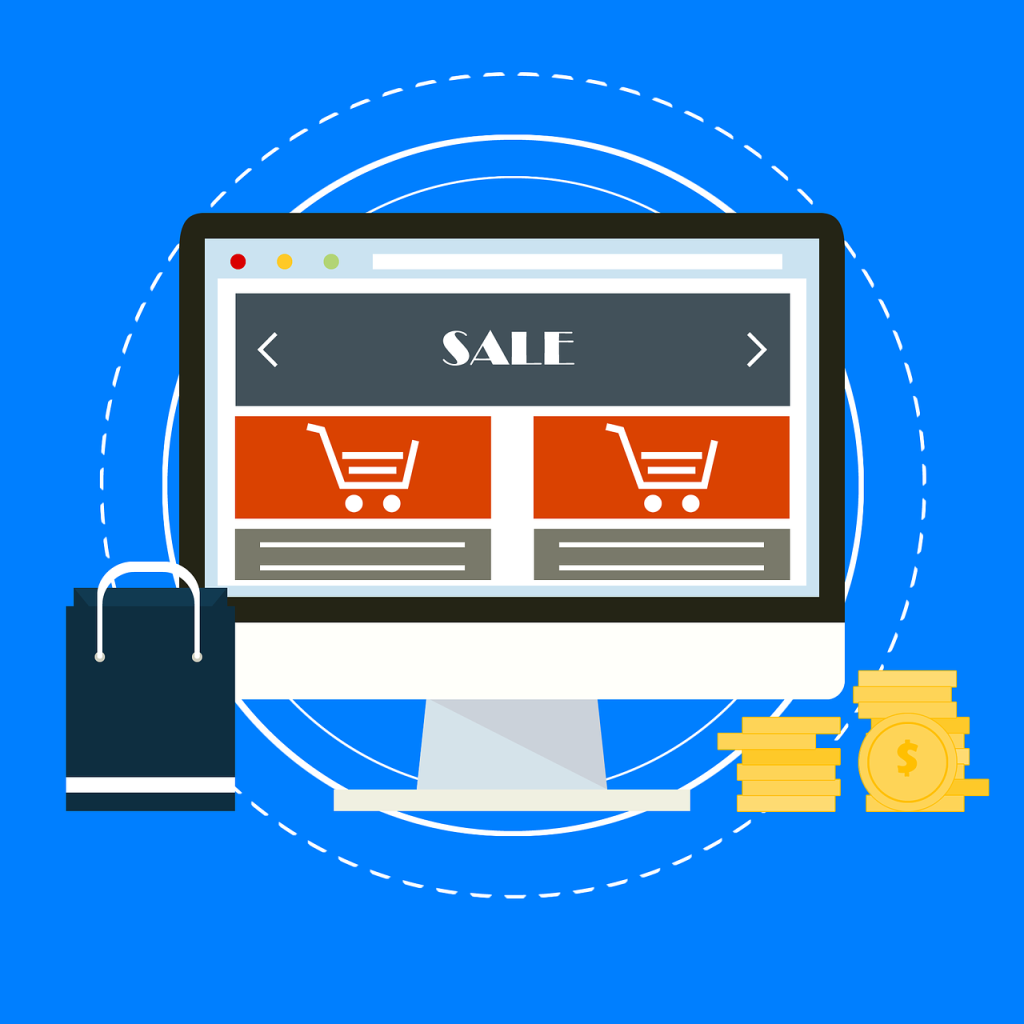Introduction
Ecommerce, short for electronic commerce, ecommerce has revolutionized traditional commerce. It has reshaped the landscape of traditional commerce over the years. Thanks to technological advancements and the widespread availability of the internet, buying and selling products and services online has become more convenient and accessible than ever before. In this blog post, we’ll explore the factors that have fueled the growth of ecommerce, its impact on the global marketplace, and the essential steps for starting your own ecommerce business.
Discourse about Ecommerce
The advent of ecommerce has brought about a significant transformation in the way businesses operate, regardless of their size. In today’s interconnected world, many businesses have established their online platforms, enabling them to showcase their products and services to a global audience. This digital revolution has intertwined ecommerce and traditional business like a nail and flesh, creating a symbiotic relationship that has redefined the way we conduct commerce.
One of the most remarkable benefits of ecommerce is its capacity to save both time and money for businesses. In the past, the prospect of reaching a global customer base for a small or medium-sized business often seemed insurmountable due to the costs and logistics involved. However, with the advent of ecommerce, even the smallest enterprises can present their offerings to the world with relative ease. This democratization of the market has allowed businesses of all sizes to compete on a more level playing field, where the quality of their products and services matters more than the scale of their operations.
It’s remarkable to think about how ecommerce has bridged the geographical gaps that once separated businesses and consumers. Traditionally, when people heard about a garment business in a distant place like China, they would be faced with a daunting task. They had limited information about the exact location of the business, the specifications of the products, their quality, and even who to contact for inquiries or negotiations. Buyers often had to physically visit the city, navigate the streets, and engage in face-to-face interactions to gather the necessary information and potentially make a purchase. This process was not only time-consuming but also financially burden.
In the era of ecommerce, this scenario has drastically changed. Now, consumers can effortlessly access a multitude of products and services online, eliminating the need for arduous journeys to distant locales. They can explore products in detail, discuss various aspects with sellers through online communication channels, and even make appointments to visit a seller’s office or factory if they deem it necessary. However, the remarkable shift comes with the realization that buyers don’t necessarily need to visit the seller’s physical location at all. The entire transaction process, from product selection to payment, can be completed seamlessly on the internet, and the seller can ship the products directly to the buyer’s address. This convenience is nothing short of a game-changer, revolutionizing the way commerce is conducted.
Ecommerce’s transformative impact is undeniable, and its reach continues to expand. The integration of digital technologies into traditional business models has created opportunities for growth and efficiency that were unimaginable just a few decades ago. In this interconnected world, we must acknowledge that ecommerce is not merely a trend but an integral part of our global economy. It has bridged the gaps, connected businesses with consumers, and made the world a more accessible marketplace.
As we continue to witness the evolution of ecommerce, it is essential for businesses of all sizes to embrace this transformation. By doing so, they can position themselves at the forefront of a new era in commerce, tapping into the global market’s potential and reaping the benefits of cost savings, efficiency, and enhanced customer experiences. With ecommerce, businesses can indeed thrive and flourish, transcending traditional barriers and geographical limitations.
Factors Fueling Ecommerce Growth
- Development of Technology: The rapid development of computer and mobile technologies has played a pivotal role in the rise of ecommerce. With powerful devices and software, both businesses and consumers can easily engage in online transactions, making the process more efficient and user-friendly.
- Development of the Internet: The internet has become an integral part of our lives. Its continuous expansion and accessibility have created a global marketplace where businesses can reach customers worldwide. The internet is the backbone of ecommerce, connecting buyers and sellers seamlessly.
- Widespread and Trustworthy Online Payment Gateways: Ecommerce relies on secure online payment gateways to facilitate transactions. The development of reliable and secure payment methods has fostered trust among consumers, encouraging them to shop online with confidence.
The Impact of Ecommerce
Ecommerce has brought about a paradigm shift in how business is conducted, serving as a bridge between traditional and online commerce. Here are some key ways it has transformed the business landscape:
- Global Reach: Ecommerce enables businesses of all sizes to reach a global audience. With the right marketing and online presence, even small businesses can attract customers from around the world.
- Time and Cost Savings: Ecommerce streamlines the buying and selling process, saving both time and money. Businesses no longer need to establish physical stores, and consumers can shop from the comfort of their homes.
- Detailed Product Information: Buyers can now access detailed product information, compare prices, and read reviews before making a purchase decision. This transparency benefits both consumers and businesses.
- Convenience: Ecommerce allows buyers to place orders, make payments, and receive products without leaving their homes. It has become an integral part of modern consumer culture.
Starting Your Ecommerce Business
If you’re considering entering the world of ecommerce, here are some basic requirements and options to get started:
- Third-Party Selling Platforms: You can begin by selling your products and services through third-party platforms like Facebook, Google, or TikTok. Registration on these platforms is often straightforward, and you can access a global customer base.
- Building Your Own Online Platform: For more control and branding, consider building your own ecommerce website. This option provides flexibility and customization, but it also requires additional effort and resources.
Pros and Cons of Ecommerce
Ecommerce, like a double-edged sword, offers both enticing advantages and potential drawbacks. On the positive side, it has revolutionized the way we shop, providing unparalleled convenience, a vast array of choices at our fingertips, and the ability to compare prices with ease. It has also opened up new opportunities for entrepreneurs to reach a global audience. However, on the flip side, the impersonal nature of online transactions can lack the personal touch and trust-building that physical stores offer. There are also concerns about security and privacy, as well as the impact of e-commerce on traditional brick-and-mortar businesses. Nonetheless, as technology continues to evolve, striking a harmonious balance between these pros and cons remains an ongoing challenge in the digital shopping landscape.
Advantages of Ecommerce
a. Location Independence: Sellers can operate from anywhere in the world, reducing the need for physical storefronts.
b. Easy Access to Customers: Ecommerce platforms make it easier to reach potential buyers and customers.
c. Diverse Marketing Options: Ecommerce offers a wide range of marketing options in terms of size, budget, and duration.
d. Product Comparison: Buyers can easily compare and contrast similar products, making informed choices.
Disadvantages of Ecommerce
a. Quality Assurance: Sometimes, the quality of products can differ from what’s shown online.
b. Lack of Physical Interaction: Buyers can’t touch or feel products before purchasing them.
c. Shipping Delays: Shipping or service delivery may take time, depending on the seller’s location.
d. Increased Fraud: Ecommerce is vulnerable to fraud, which can harm its credibility.
e. Regulatory Challenges: Ecommerce can be challenging to regulate due to its global nature.

Conclusion
Ecommerce has undeniably revolutionized traditional commerce by making buying and selling more accessible and convenient. Its continuous growth and development show that it’s far from reaching saturation. As technology and online platforms evolve, ecommerce will continue to shape the way we conduct business in the digital age. If you’re considering entering this space, carefully weigh the pros and cons and choose the approach that aligns with your business goals and resources.




